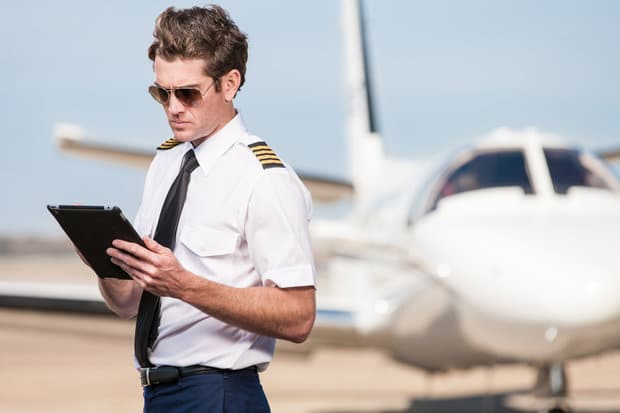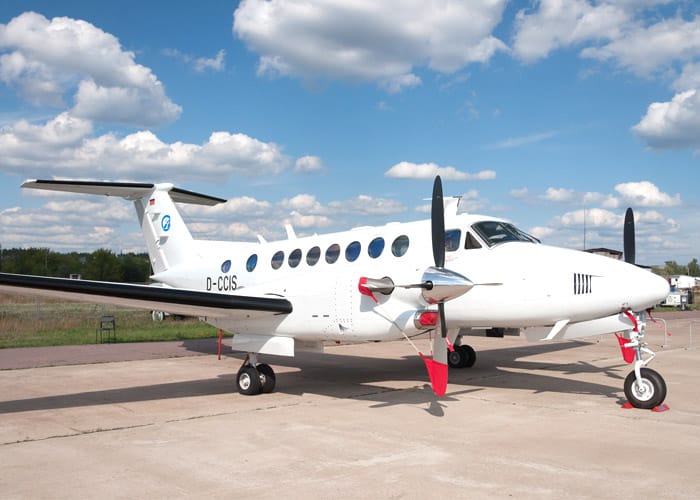Being an airline pilot is undoubtedly one of the most rewarding careers on the planet. Commanding commercial aircraft, taking people too long or short-haul locations, and operating from an office above the skies that travels the globe.
Almost everyone fantasizes about being a pilot because it is a rewarding profession that allows you to travel the world and meet new people.
Unfortunately, for a variety of reasons, the majority of Pakistanis do not pursue this dream. Some drop out owing to academic ineligibility, others due to physical limitations, but the majority opt out due to a lack of financial resources. Thanks to the correct coaching, only a select handful are able to pursue this desire.
When it comes to the credentials, time, and prerequisites for pilot training in Pakistan, young boys and girls are likely to have a lot of questions.
This post has assembled the most important information you should know before starting your pilot course or program in Pakistan.
Academic Qualifications
First of all, you must have the bare minimum of academic credentials. It is FSc or 12 years of study with a 2nd division in this case.

Science disciplines in matric and intermediate are recommended because they aid in the effective understanding of aviation’s intricacies.
If you studied non-scientific courses in matric and intermediate, you are not ineligible, but your development will be hampered due to a lack of knowledge of science subjects.
Medical Eligibility
After you’ve confirmed your academic eligibility, you’ll need to have a medical examination.
However, you must first visit a flight school, which will recommend you to a hospital for physical and physiological testing. Your medical eligibility is established to verify that you are physically and physiologically fit to fly a plane.
To determine your medical eligibility, an approved aviation medical examiner will perform the following tests.

A psychiatric evaluation is required, as well as weight (as determined by BMI), eyesight (6/6 with or without spectacles), and an ENT examination. EEG, ECG, Chest x-ray, and blood sugar tests are also used to measure fitness. A candidate’s physical fitness is also assessed by a urine test and an audiometry test.
Medical eligibility is established to verify that you are physically and physiologically fit to fly a plane. The aforementioned tests will be performed by a qualified aviation medical examiner to determine your medical eligibility.
Think about your career options
Many aspiring pilots have a certain professional route in mind, but others do not. The alternatives for what you can do with a pilot license are listed below.
- Airline pilot for large airlines or smaller regional ones
- Agricultural pilot and many more options
- Flight instructor
- Corporate or business aviation pilot
- Cargo pilot
- Medical/ Air ambulance pilots
- Charter / Air taxi pilot
How much does an airline captain in Pakistan make is a commonly asked question? In a nutshell, it’s roughly PKR 180,000 per month including benefits (US$ 1,100)

Disclaimer: This information is based on recent research that is publicly available. The accuracy of the figures supplied cannot be guaranteed.
Flying Schools
There are approximately fifteen (15) flying schools in Pakistan that provide various pilot training programmes from which to choose.
It’s critical that you make a list of your preferred flight school(s) so that you can compare which one is best for you. Each school has its own procedures and enrollment requirements, and the tuition rate varies based on the pilot training classes you choose.
Your commercial pilot training will begin once you have registered with the flying school. You will first enroll in foundation lessons, where you will learn 14 disciplines. Twelve of the fourteen subjects will be for the Commercial Pilot License (CPL) and two for the Instrument Rating (IR). These subjects include:
- General navigation
- Human performance and limitations
- Operational procedures
- Meteorology
- Mass and balance
- Radio navigation
- Aircraft general knowledge
- Principles of flight
- Aircraft system
- Instrumentation
- Instrument procedure
- Aircraft performance
- Communication
If you want to complete your flight training in Pakistan, there are approximately fifteen (15) pilot schools to select from. On the other side, there are a lot of popular countries to pick from if you prefer to take your flight training abroad.
One thing to keep in mind is that once you’ve completed your training, you’ll need to transfer your license to the Pakistan Civil Aviation Authority. Another option is to apply for a pilot programme with an airline. You will be hired by the airlines that have set up the programme once you have completed your pilot training.
Practical Flying
Your medical, academic, and security documentation will be forwarded to the Civil Aviation Authority (CAA), which will award you a Student Pilot License (SPL), allowing you to begin practical flying.
To obtain a Private Pilot License, you must complete 40 hours of flight time after receiving your SPL (PPL). After earning your PPL, you’ll need to fly for another 110 hours to earn your CPL.
You must additionally complete another 40 hours of flight time for IR, totaling 190 hours of flight time throughout your practical training before getting your CPL.
In the meantime, you must complete your ground training and pass all 14 exams. You will get a CPL after successfully completing ground training and practical flying, which will allow you to apply for pilot positions with commercial airlines.
Cost of Flying School
It’s worth noting that becoming a pilot necessitates a specific budget. The cost of flight training is determined by the country in which you train, the flight school you choose, and a variety of other considerations.
The entire process is likely to cost you between Rs. 4-4.5 million, including medical exams, registration with the flying school, ground training, practical flying, and finally getting your CPL.
Advice on Choosing a Flight School
First and foremost, consider your long-term goals in aviation. Do you wish to use your spare time to become a pilot (Private Pilot License)? Do you want to fly General Aviation (Commercial Pilot License) instead? Do you wish to join an airline pilot cadet programme to become an airline pilot? In addition, which airlines are hiring right now?
In the coming years, what types of aircraft will be used by airlines? Which flight schools do airlines most frequently hire from? It’s best to inquire about airline relationships with flight schools. When considering “how will I become a pilot,” make a list of these questions and receive answers to them.
Second, different flight schools have varied costs (due to location, number of students, aircraft type, and a variety of other factors), so figure out why. Are there any financial help or lending programmes available through these programmes? Is a part-time programme a viable option for you?
Each flying school has its unique training timetable, with some giving flexibility and others requiring full-time, on-campus training. It’s worth noting that delaying your flight training will almost always increase your training expenditures.
Learn about the flight school’s planes and the location of its aircraft maintenance centre. This is significant both in terms of training and, more crucially, in terms of safety.
You should also take into account the airlines preferred equipment. Aircraft age does not always imply safety; this is reliant on aircraft maintenance – inquire about the flying school’s aircraft maintenance department as well as the aircraft’s safety features.
Finally, talk to the instructors and management teams at the flying school to discover more about the training, safety regulations, history, and graduates. Visiting the flight schools on your shortlist is a fantastic first step.
Some Perks of Being a Pilot
It goes without saying that airline pilots make a lot of money. Furthermore, retirement plan advantages will help you to rest easy knowing that you will be looked for once your working days are done. Furthermore, it should come as no surprise that airlines offer excellent health insurance to their pilots.
Additionally, utilizing travel passes provided by your work, you and your family will be able to fly for free. Pilots can also plan their schedules so that they can take a week or two off every month.
They can then do something with their free time. Finally, you’ll have the opportunity to meet a lot of interesting people at airports and when travelling between planes. Because pilots are so well-respected, everyone wants the chance to meet one.
Conclusion:
Summing this discussion up, one of the key attractions of this job is the opportunity to travel. As an airline pilot, you will have the opportunity to travel and get compensated for it.
Additionally, as an airline pilot, you are likely to have access to cheap (and perhaps free) plane tickets for family and friends, resulting in amazing vacation offers. Furthermore, if you’re seeking for a job that will provide you a lot of satisfaction, you’ve come to the right place.
Taking control of a plane full of passengers and safely transporting them from point A to point B is as fulfilling as it gets. Finally, no one like taking their job home with them, therefore pilots leave their work on the plane aside from studying for annual examinations.
Once you’ve finished your day and shut the cockpit door, there’s nothing you can take home with you.



